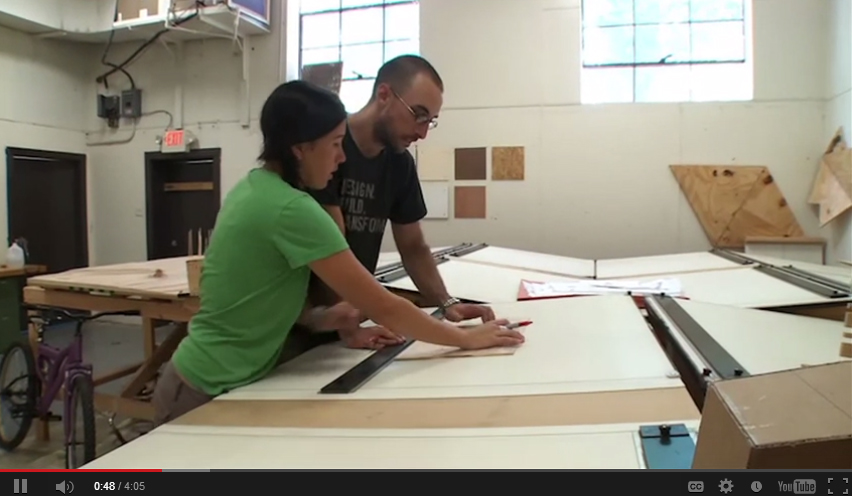Creativity Crisis – Encouraging Innovation in Students
Creativity and problem solving in our young people is on the decline. Forward educational thinkers say we can improve innovation in education by using the design process. The country’s top design thinkers are developing a design process that works. Groundbreaking educational approaches are putting these ideas into action with great success.
This week’s post will walk through these ideas and share a few of the latest articles and projects supporting this concept. I read this and get really excited. I think these ideas are very appropriate when thinking about designing WITH students not simply FOR them. We can truly engage students, support creative learning and prepare our future leaders to create complex solutions. If you don’t have time to read my entire post, just watch this video. This captures the soul of the idea.
Creativity is on the decline
Is a system working when test scores are going down, graduation rates are going down and creativity is declining? Psychology Today reports that Kyung Hee Kim’s recent research is documenting a continuous decline in creativity among American school children over the last two or three decades. Kim did this by using a tool called the Torrance Tests of Creative Thinking (TTCT). I had not idea such a thing existed. You can learn more about it here. In Kim’s words, the data indicate that “children have become less emotionally expressive, less energetic, less talkative and verbally expressive, less humorous, less imaginative, less unconventional, less lively and passionate, less perceptive, less apt to connect seemingly irrelevant things, less synthesizing, and less likely to see things from a different angle.” But the biggest decline came in a measure called Creative Elaboration, which assesses the ability to take a particular idea and expand on it in an interesting and novel way. Yikes! This seems important, creativity at its core. How will our future generation address challenges missing these basic skills?
Creativity and Innovation in Education
Tony Wagner in a recent Wall Street Journal Article investigates how schools can teach students to be more innovative. He says, “My most important research finding is that young innovators are intrinsically motivated.” British Sir Ken Robinson in his ‘Changing Education Paradigms’ talk explains that babies are intrinsically motivated to learn. We developed education as a tool to help young people learn better, but lately teaching has been reduced to a curriculum delivery system. We forgot that teaching is an art form, you need to be able to engage students so they can be tomorrows leaders. Today’s corporations are in need of employees that are creative! So how do we get there?
Design Process for Education
Many professions use the design process to develop solutions and address problems. Letting students define a problem, develop an understanding and gaining empathy for the people involved, developing iterations of ideas (some good and some bad), testing their ideas, and forming solutions can be a very effective tool for engaging students and allowing them to develop innovation. Below are some of my favorite tools out there. I believe these are very forward thinking ideas for how to teach and learn.
Stanford School of Design: The d school crash course in design thinking (I recently used this on a park design process. More on that soon)
The Third Teacher by Cannon Design
What does it look like when these ideas are applied?
Project H Design is an amazing US non profit using the power of creativity, design, and hands-on building to amplify the raw brilliance of youth, transform communities, and improve K-12 public education from within. They have a number of different inspiring initiatives. The one I want to address today is Studio H. Studio H is a public high school “design/build” curriculum that sparks community development through real-world, built projects. I think their project embodies all of the ideas above.




